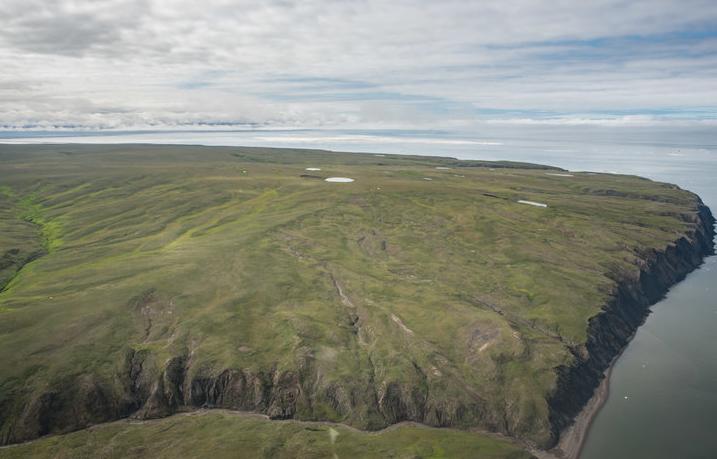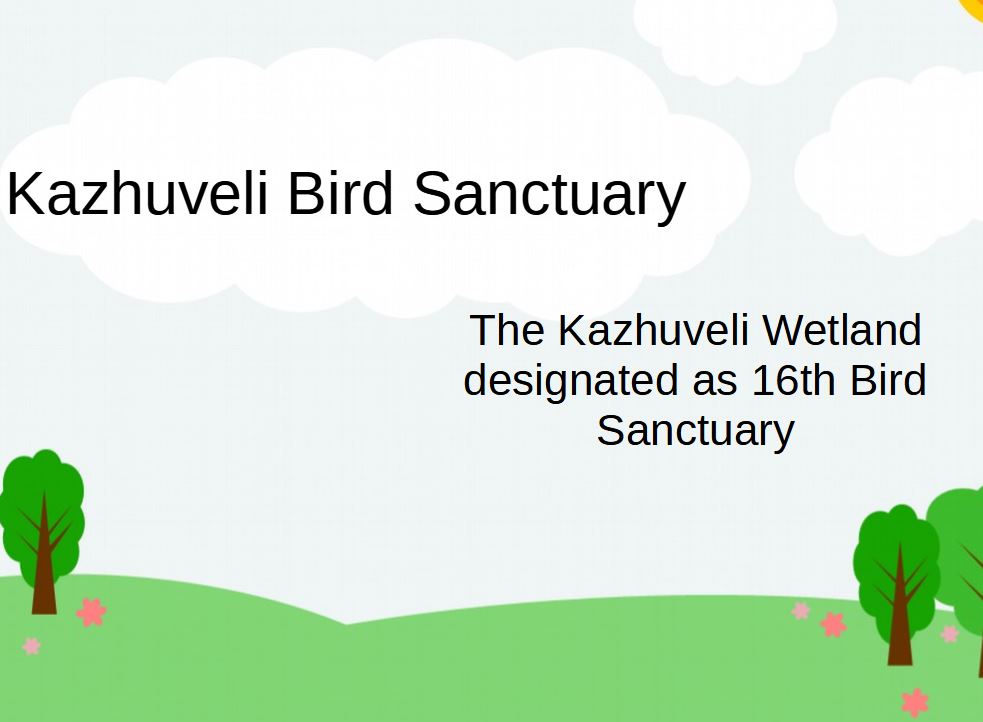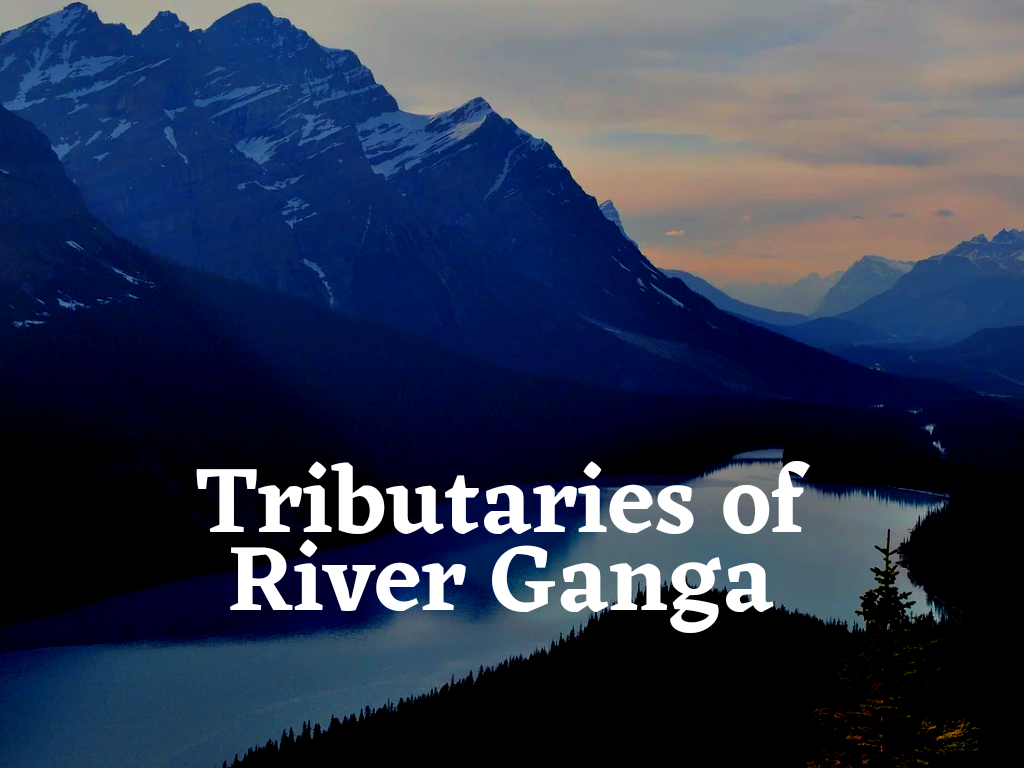Updated By: LatestGKGS Desk
Land-forms: The concept of poly-cyclic land-forms and mechanism

Poly-cyclic landforms: formation and mechanism
Landforms are generally created by the complex geomorphological process, often involving a number of geographical cycles.
We may notice, in a single landscape, a number of features representing different ages or stages, thus indicating a variety of incomplete geographical cycles which were interrupted (called “accidents” by Davis) for various reasons.
- Dynamic reasons involving uplift or subsidence of land resulting in a change in base level. Such changes are mostly localized.
- Eustatic reasons implying a worldwide change in sea level due to diastrophism or glaciation.
- Static reasons, e.g. a reduction in river load or an increase in volume (due to precipitation or deforestation) may alter the rate of erosion.
- Climatic reasons, such as aridity, glaciation etc.
Thus, a landform created by a number of geographical cycles occurring one after the other in order, leaving their distinct marks on the landscape, is called a polycyclic landform.
Instances of Polycyclic Landforms:
1. Older alluvium terraces, for instance, Bhangar terraces in north Indian plains.
2. The existence of synclinal ridges and anticlinal valleys in successive cycles.
3. Rejuvenated landforms.
4. Scarped erosional surface of different ages. Examples— the Appalachians and the Western Ghats.
5. Faultline scarp due to differential erosion.
6. Uplifted peneplains.
A landform that shows the repeated influence of one or more major geomorphic processes over geological time. Major geomorphic processes are weathering erosion, deposition, and massive Earth movements caused by plate tectonics.


